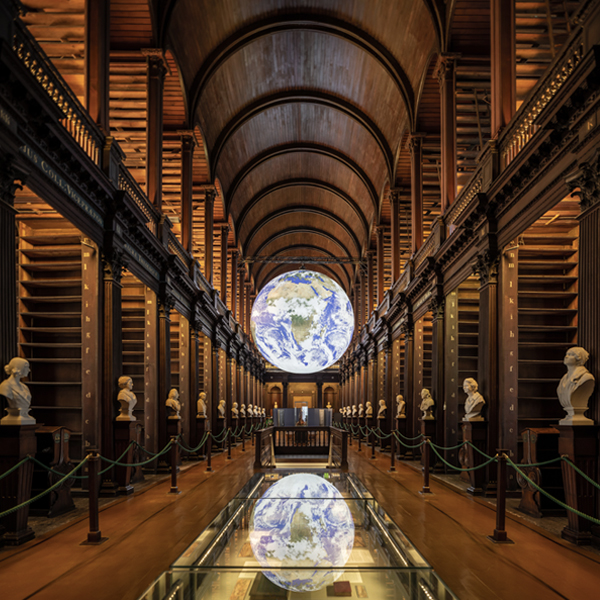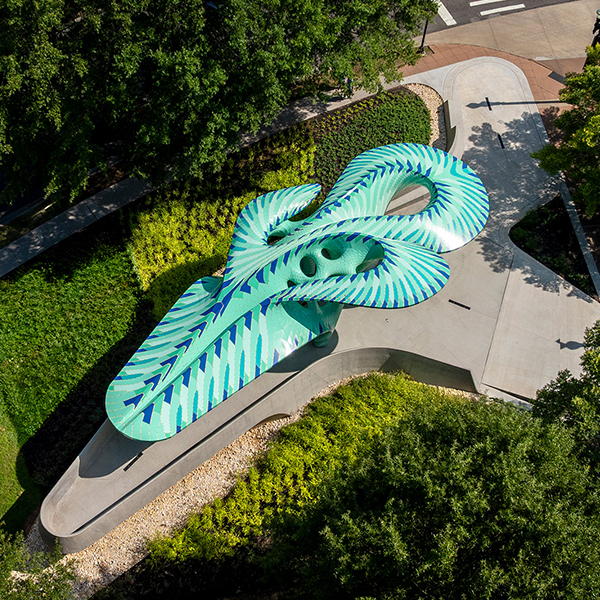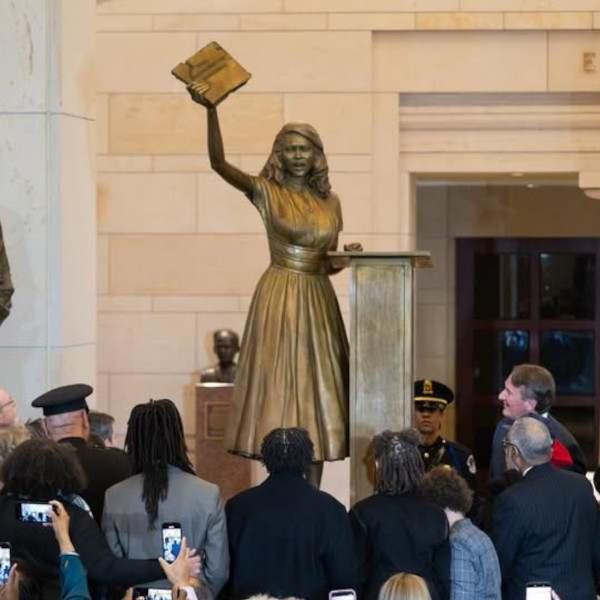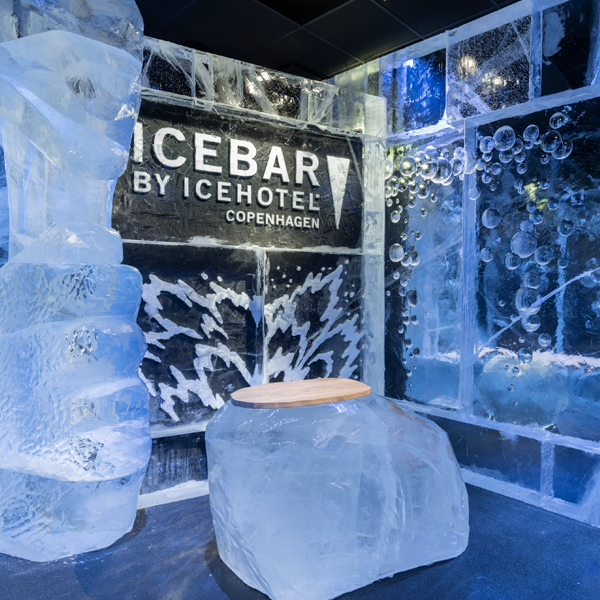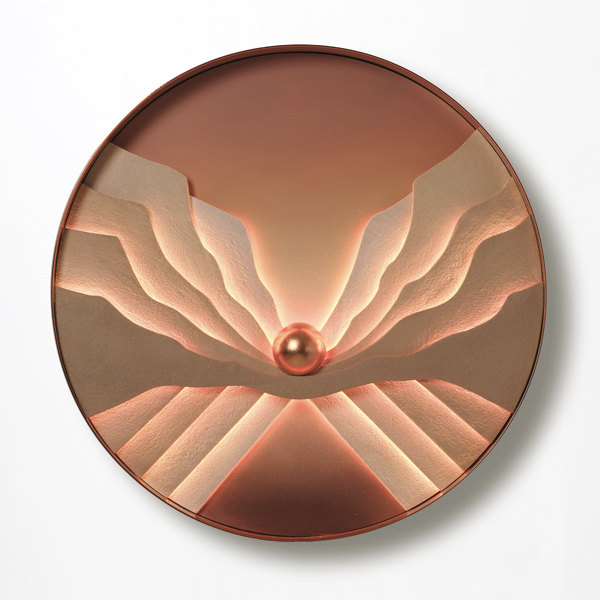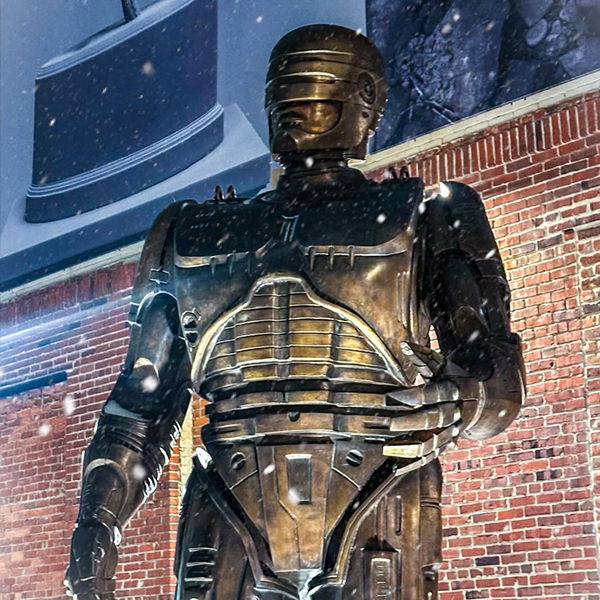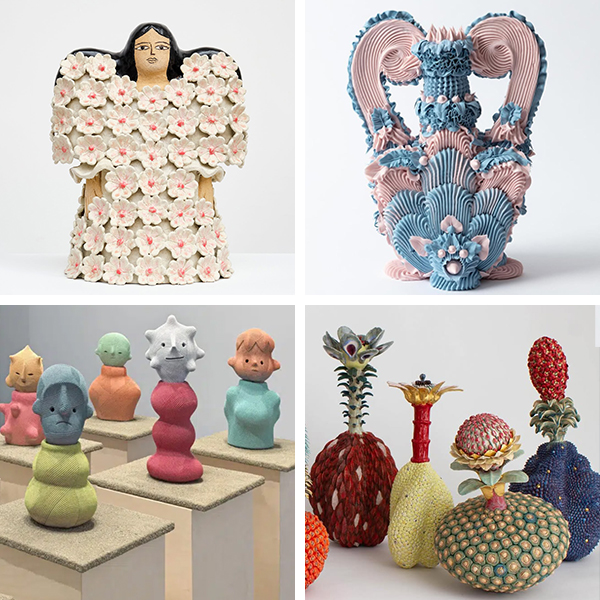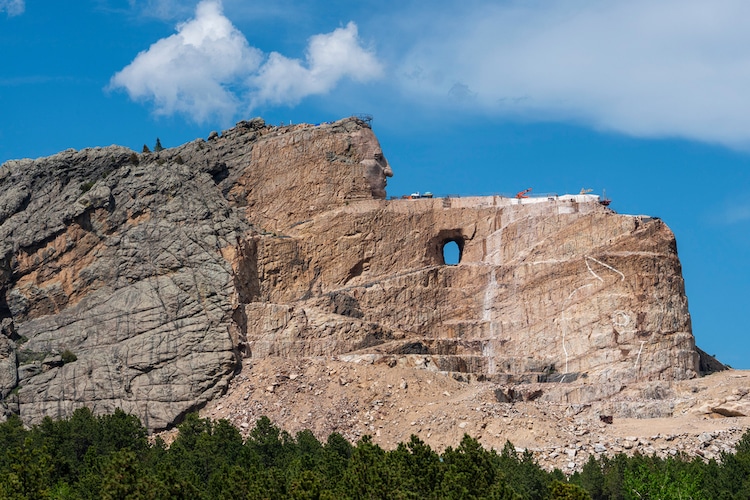
Photo: Stock Photos from James Dalrymple/Shutterstock
Did you know that in the Black Hills of South Dakota, not far from Mount Rushmore, the world's second-largest sculpture is under construction? In the sacred land of the Lakota tribe, workers have been active for over 70 years on the Crazy Horse Memorial. This immense tribute to the legendary 19th leader of the Oglala Lakota tribe is still a long way from completion but already cuts a striking appearance.
Crazy Horse is an important figure for the Lakota, as he rose up against the U.S. government to prevent white settlers from encroaching on Native American territory and threatening their way of life. Though he led several battles, he's most well known for his 1876 victory at the Battle of Little Bighorn. It was here that the combined forces of the Lakota, Northern Cheyenne, and Arapaho tribes defeated the United States Army in what is often known as Custer's Last Stand.
The Crazy Horse Monument has its own rich history, which began in the 1930s at the request of one Lakota chief. Henry Standing Bear was an Oglala Lakota chief and respected leader in the community when he took it upon himself to memorialize Crazy Horse. At the time, work on Mount Rushmore was underway and Henry Standing Bear felt that it was unjust that the great Native American leader was not included among the presidents. He appealed several times to Mount Rushmore sculptor Gutzon Borglum to no avail, but that didn't stop him.
In 1939, he wrote to Polish-American sculptor Korczak Ziolkowski. Ziolkowski had worked on Mount Rushmore under Borglum for a brief time and was intrigued by the project. Once Henry Standing Bear traded all of his land—900 acres total—to the government in exchange for the use of the mountain, the project moved forward. The sculptor began work in 1948 and turned down all government funding, as he was skeptical about getting outside involvement. So he went about executing his vision alone, working without electricity, water, or roads. To reach the top, he used a 741-step wooden staircase. But still, he was not deterred.
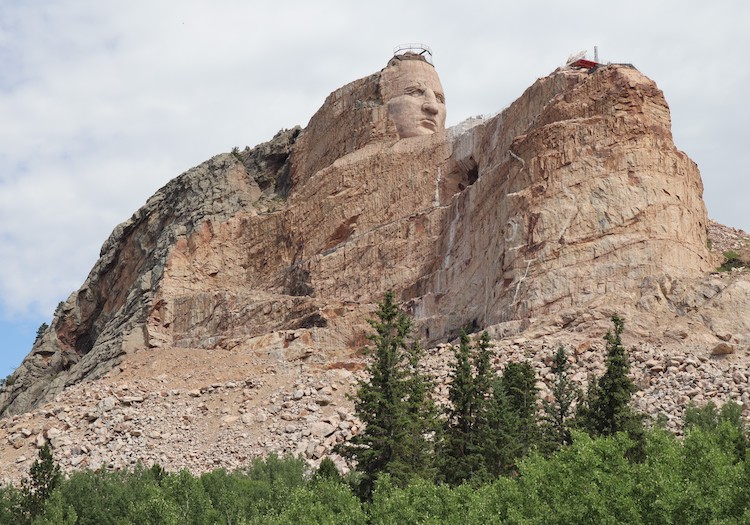
Photo: Jonathunder via Wikipedia
Ziolkowski thought that the project would take about 30 years, but he was wrong. The concept calls for Crazy Horse to be riding his steed while pointing into the distance toward land where many Native Americans are buried. And he toiled away at the granite to make his dream a reality before dying in 1982 at the age of 74. At that point, his widow Ruth Ziolkowski took charge of the project. She made slight changes to the original plans, such as focusing on sculpting Crazy Horse's face first rather than the horse, as Ziolkowski has envisioned. She rightly surmised that finishing the face would bring tourists and that these ticket fees could help fund the project. Given that no government funding is involved in the sculpture, it was a smart move.
Seven of Ziolkowski's children also worked on the sculpture during this time and Crazy Horse's face was revealed in 1998. Of course, this is not an accurate depiction of Crazy Horse, who was known for refusing to take photos, but rather a representation of the great leader. Towering 87 feet high, Crazy Horse's head is far larger than the 60-foot portraits at Mount Rushmore. When finished, it will stand behind India's Statue of Unity as the second-largest sculpture in the world.
Currently, the non-profit Crazy Horse Memorial Foundation is run by Ziolkowski's daughter, sculptor Monique Ziolkowski. She took over after the death of Ruth in 2014. Three of Ziolkowski's children, as well as three of his grandsons, work alongside her as part of the staff. The project has expanded to also include a satellite campus of the University of South Dakota, which operates as an educational and cultural center. Known as the Indian University of North America and the Indian Museum of North America, they complement the visitor's center.
The Crazy Horse Memorial, however, is not without controversy. Many of Crazy Horse's relatives have spoken out against the project, stating that Henry Standing Bear did not consult with family members prior to commissioning the project. Some members of the community also suggest that, given his humility, Crazy Horse wouldn't be comfortable with the enormous statue. Others feel that the memorial has become more about the sculptor and his family than Crazy Horse and his legacy.
No matter what your position, however, there's no denying the incredible power of the story behind the statue's creation.
The Crazy Horse Memorial, carved into Black Hills of South Dakota, has been under construction for over 70 years.
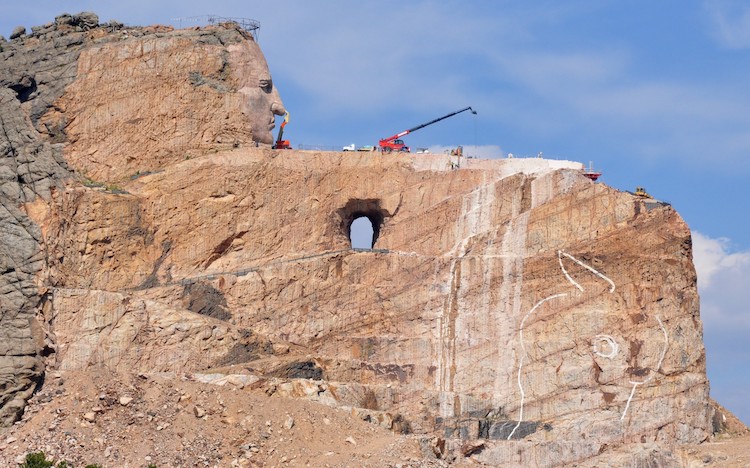
Photo: Osservastro / CC BY-SA
Here is a model of the planned sculpture:
Related Articles:
10 Best Sculpture Parks Around the World
18 Most Famous Sculptures You Need to Know
11 Enlightening Facts About the Statue of Liberty
Stroll Through the Star-Spangled History of the National Mall














































































